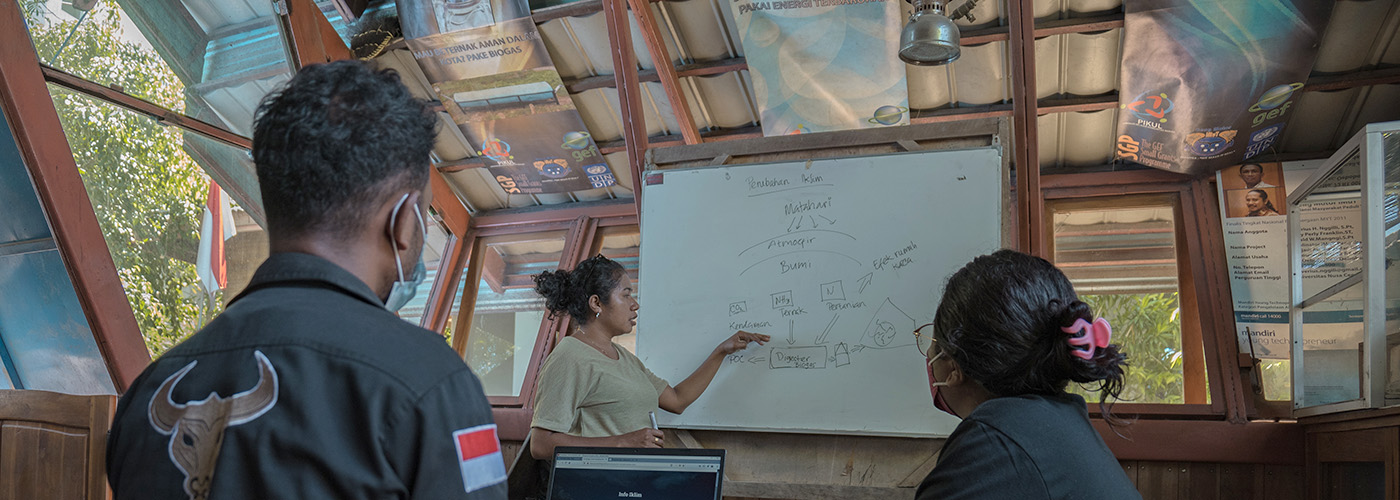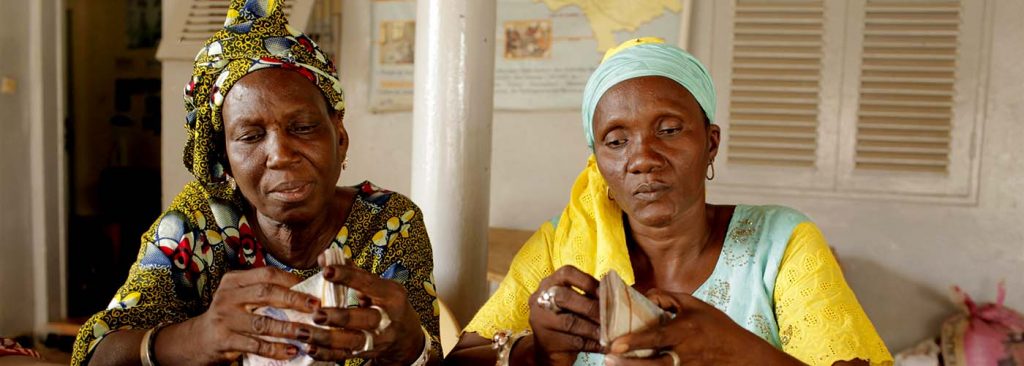Climate change is first and most intensely felt by communities that are socially, economically and politically marginalized. Already less resilient, they are more vulnerable to climate-related shocks and are the least able to adapt. The fact that the climate crisis doesn’t affect everyone equally or in the same way makes its impacts very local. This means that climate (adaptation) action has to be local, too.
"In Indonesia, a country prone to extreme weather events and rising sea levels, local climate action is happening everywhere."
Local climate solutions are more effective for a number of reasons. They are more tailored to the local context and harness the innovation capacity and (traditional) knowledge of local communities. They better integrate socio-economic development with climate benefits, and - most crucially – they allow local communities to have ownership over the solutions. Local ownership and local communities’ participation in shaping and leading climate solutions greatly increases the chances of success of those solutions.
What do these local solutions look like?
Local climate solutions take many different forms. Like modifying agriculture practices in response to unpredictable weather patterns, more frequent droughts or heavier rainfall, or planting mangroves that protect coastlines against sea level rising, and even campaigns against littering on beaches to protect coral reefs and other marine life.
In Indonesia, a country prone to extreme weather events and rising sea levels, local climate action is happening everywhere. Youth movements, women’s groups, indigenous and other leaders, are all tirelessly defending their coastlines and forests, diversifying their sources of food, and protecting livelihoods to safeguard their future - and nature’s. They are the ones on the frontlines of climate change and climate action, restoring the balance between people and nature. We’d like you to meet some of them.







